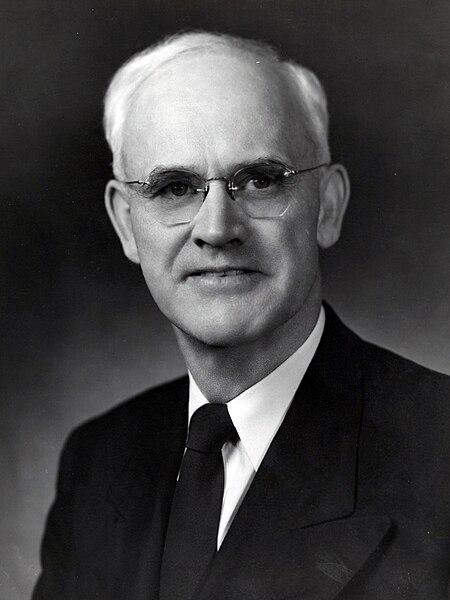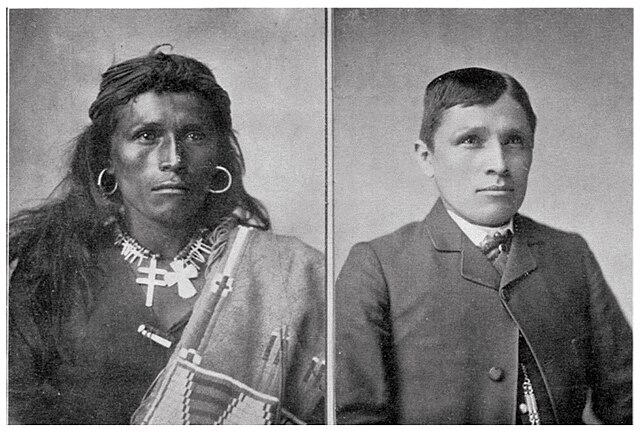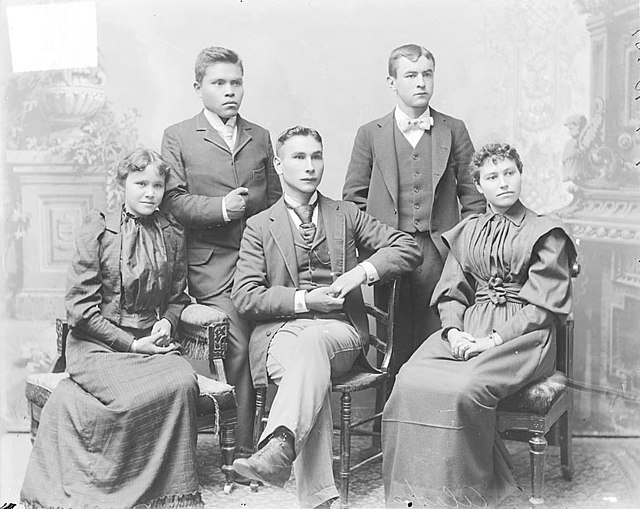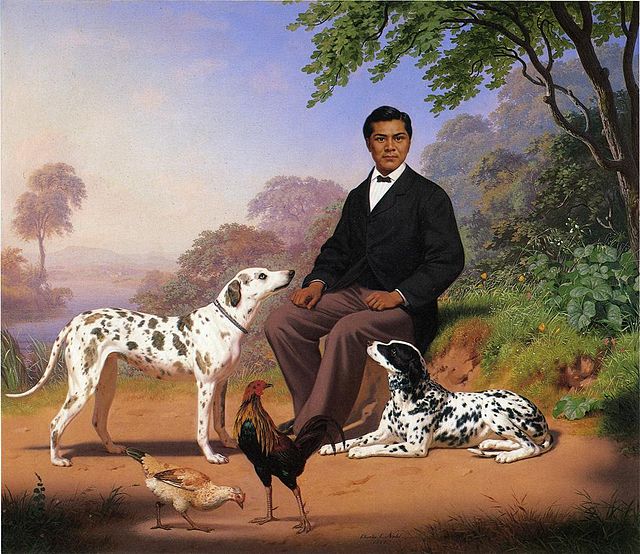Indian termination policy
Indian termination is a phrase describing United States policies relating to Native Americans from the mid-1940s to the mid-1960s. It was shaped by a series of laws and practices with the intent of assimilating Native Americans into mainstream American society. Cultural assimilation of Native Americans was not new; the belief that indigenous people should abandon their traditional lives and become what the government considers "civilized" had been the basis of policy for centuries. What was new, however, was the sense of urgency that, with or without consent, tribes must be terminated and begin to live "as Americans." To that end, Congress set about ending the special relationship between tribes and the federal government.
Presidents Lyndon B. Johnson and Richard Nixon favored self-determination instead of termination.
Republican Senator Arthur Watkins of Utah was the chief Congressional proponent of Indian termination
Ada Deer was not in favor of termination.
Cultural assimilation of Native Americans
A series of efforts were made by the United States to assimilate Native Americans into mainstream European–American culture between the years of 1790 and 1920. George Washington and Henry Knox were first to propose, in the American context, the cultural assimilation of Native Americans. They formulated a policy to encourage the so-called "civilizing process". With increased waves of immigration from Europe, there was growing public support for education to encourage a standard set of cultural values and practices to be held in common by the majority of citizens. Education was viewed as the primary method in the acculturation process for minorities.
Tom Torlino entered Carlisle School on October 21, 1882 at the age of 22 and departed on August 28, 1886.
Indian Agent Benjamin Hawkins demonstrating European methods of farming to Creek (Muscogee) on his Georgia plantation situated along the Flint River, 1805
Portrait of Marsdin, non-native man, and group of students from the Alaska region
Portrait of an assimilated Indigenous Californian in Sacramento, 1867.







